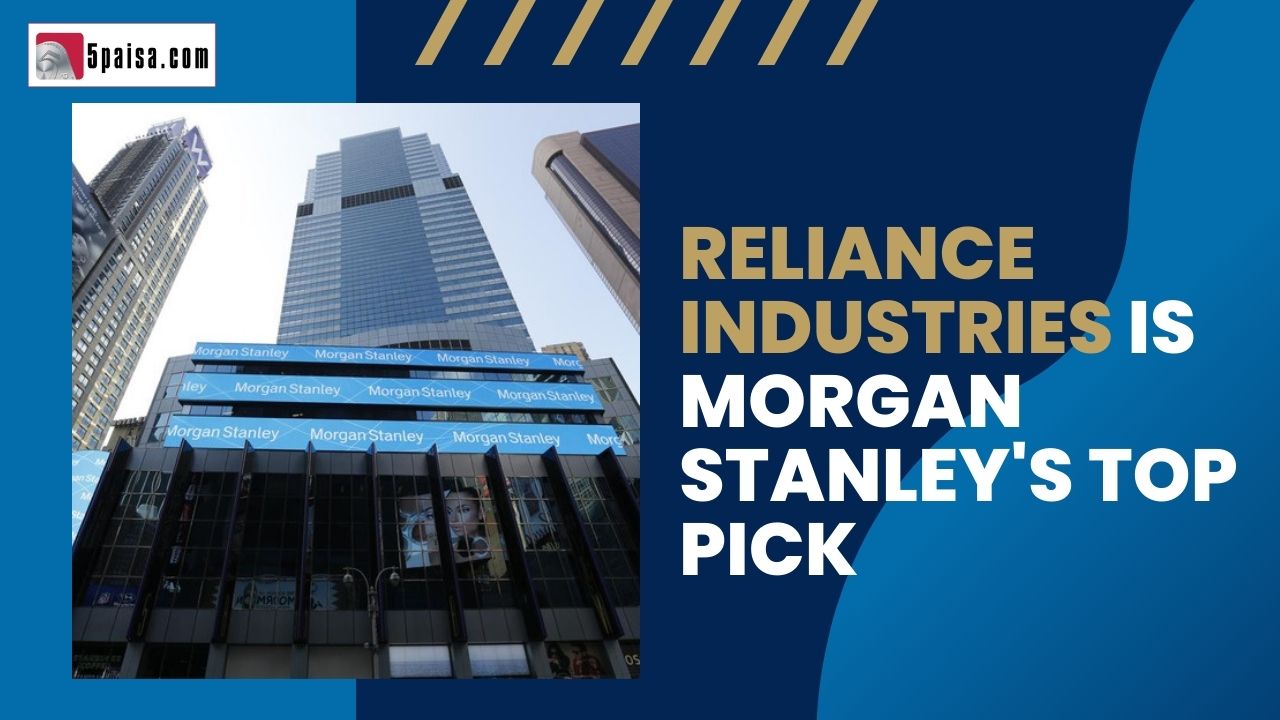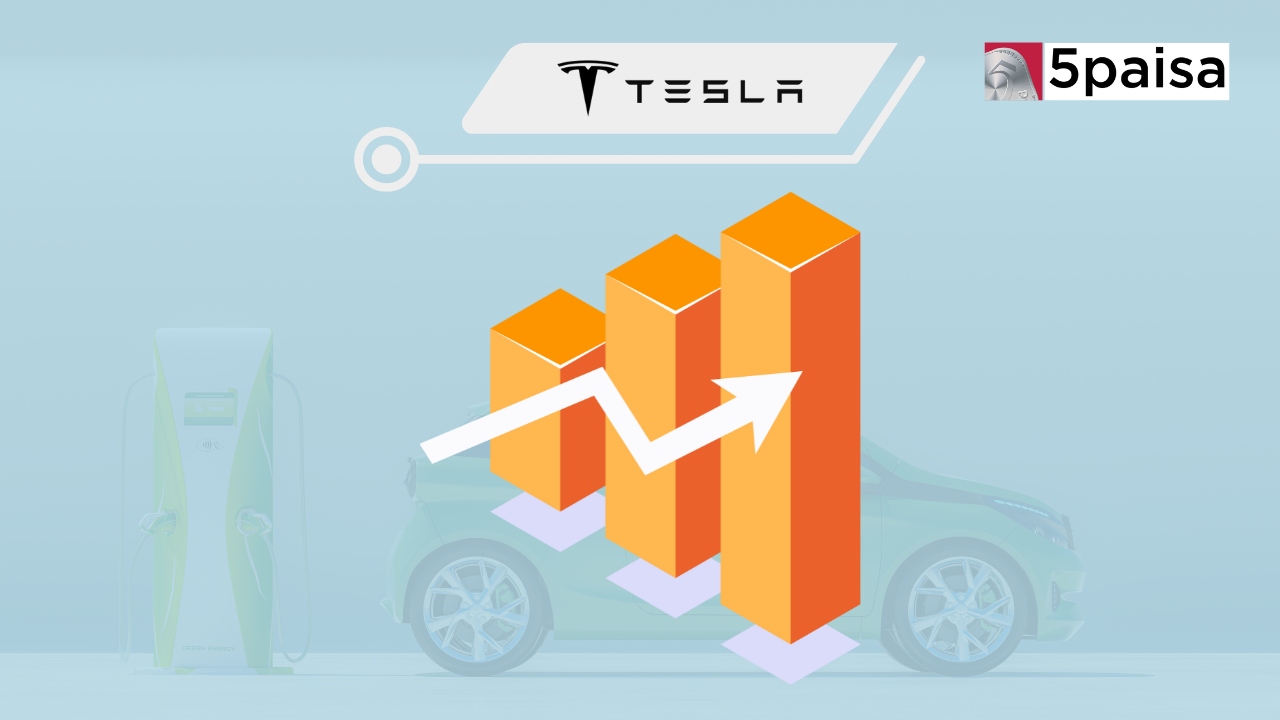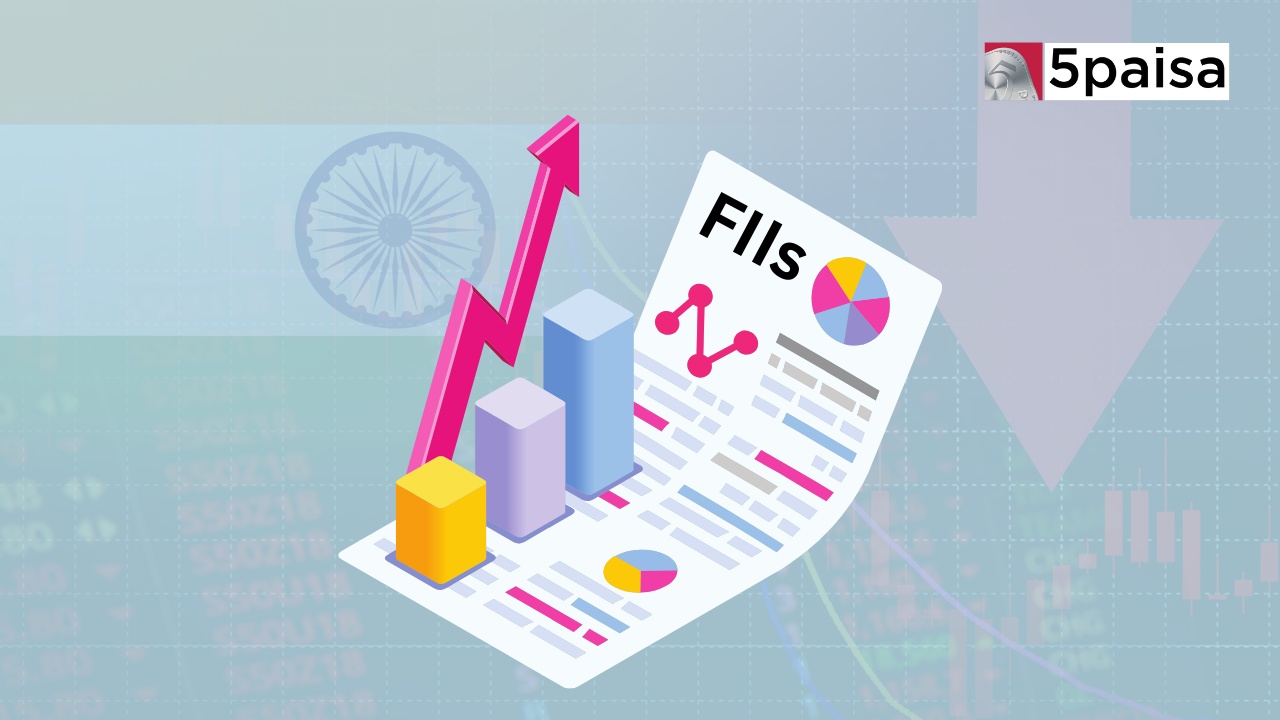Morgan Stanley ups target price on Reliance Industries

Last Updated: 6th September 2022 - 04:45 pm
In a recent upgrade, global investment bank Morgan Stanley has highlighted Reliance Industries as its top pick in the Indian equity space. Morgan Stanley has also raised the price target for Reliance Industries from Rs3,015 to Rs3,085. That is nearly 20% upsides from the current levels. According to Morgan Stanley, each decade, the investment cycles have added about $60 billion in market value to the stock and have resulted in about 2-3 times value creation. The next big capital cycle for Reliance will be in new energy and in retail.
The first trigger that Morgan Stanley sees for the RIL is that this fourth investment cycle after petchem, refining and telecom is going to be focused on alternate energy and on retail. However, this phase is likely to be less aggressive in terms of investment intensity. Morgan also expects that this phase will see a gradual reduction in the cost of equity, which will translate into better valuations overall on the basic DCF premise. Both, the digital business and retail are a lot more predictable and that makes them less risky.
The second positive trigger that Morgan Stanley sees for Reliance is that this time around it is already well-resourced. That would also mean that in this phase of the investment cycle, the balance sheet leverage will be the lowest compared to previous cycles. Morgan Stanley reasons like higher refining margin, rising ARPUs in telecom, scaling up of grocery business and rapid monetisation of new energy as some of the key success factors. These core businesses are also likely to coincide with the upcycles in these areas.
Due to lower competition, Morgan Stanley expects that refining, telecom and chemicals will drive 18% CAGR in EPS for FY24. This is also likely to approximately generate close to $16 billion in operating cash flows until 2025. All this would substantially reduce the leverage intensity in the balance sheet in this round of the capital cycle. In addition, the lower leverage will also be driven by smarter working capital churn as the group smartly leverages the power of technology to accelerate the cash conversion cycle.
This time around, Reliance has relied on organic and inorganic strategy. For instance, RIL has spent almost $4 billion in inorganic acquisitions across the various verticals. There are several force multipliers for Reliance in the coming years. For instance, diesel margins will be buoyant and 5G will drive better tariff realizations for Jio. Also, the higher domestic gas production and higher chemical demand from China will put RIL in a sweet spot. Above all, the retail segment will be the real big story as it leverages store expansion and footfalls.
Finally, there is the new energy impact. It plans to set up close to 20 GW of solar energy generation capacity by 2025. In fact, according to a Morgan Stanley analysis, the new energy business is expected to contribute nearly $1 billion in EBITDA by 2027. Also, Reliance plans to encompass the entire green energy cycle and that should give them greater control over the supply chains and the demand chains. In a tight global energy market, the company is expected to hold the value of its petchem and refining business.
One of the big bets in the Morgan Stanley report is also that the big investment made by Reliance in 5G is likely to translate into better realizations. For instance, the expected wireless telecom Average Revenue Per User (ARPU) has been pegged at approximately Rs193 per month, which is substantially higher than where Reliance Jio started off. This would imply a 15% tariff hike in FY24, and is likely to be one of the key drivers of earnings and valuations in the coming months.
- Flat ₹20 Brokerage
- Next-gen Trading
- Advance Charting
- Actionable Ideas
Trending on 5paisa
05
 Tanushree Jaiswal
Tanushree Jaiswal
Global Market Related Articles
Disclaimer: Investment in securities market are subject to market risks, read all the related documents carefully before investing. For detailed disclaimer please Click here.
 5paisa Research Team
5paisa Research Team




